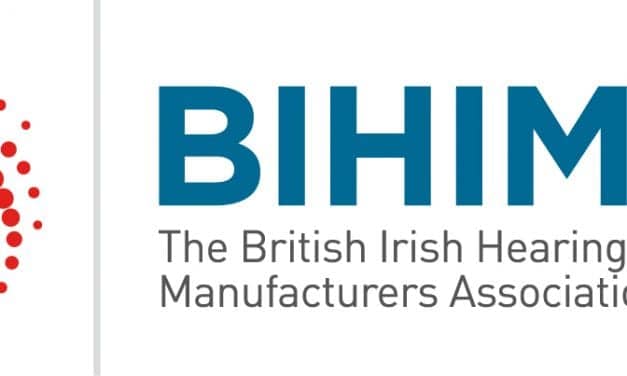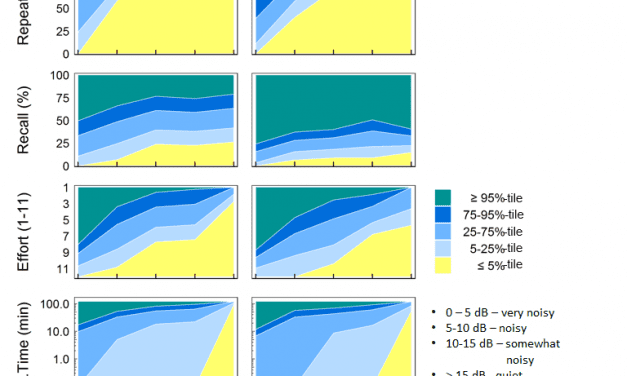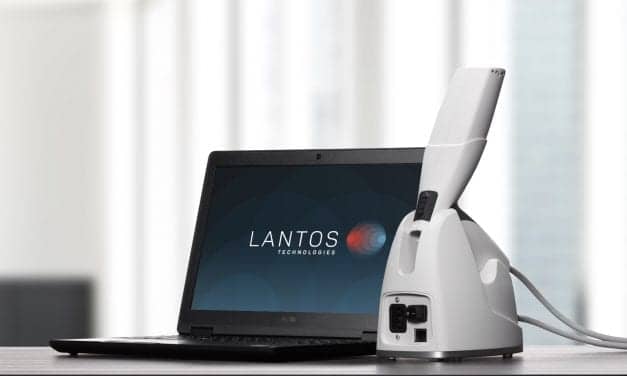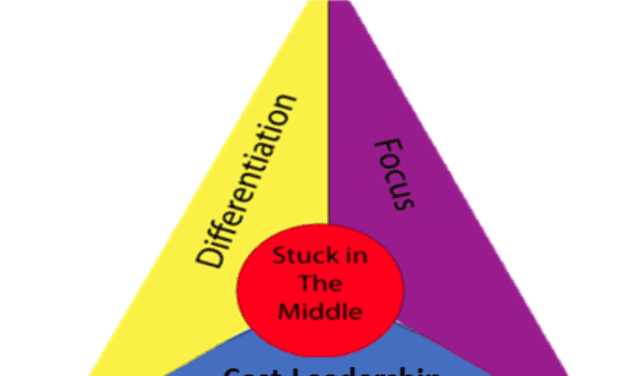Auris Medical Receives Notice of Allowance from Patent Offices for Vertigo Drug
Betahistine for oral administration is approved in about 115 countries, with the US being a notable exception, for the treatment of vertigo and Meniere’s disease
Read More














